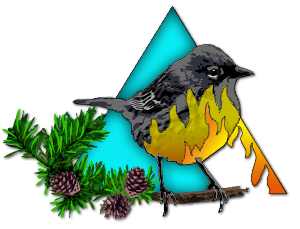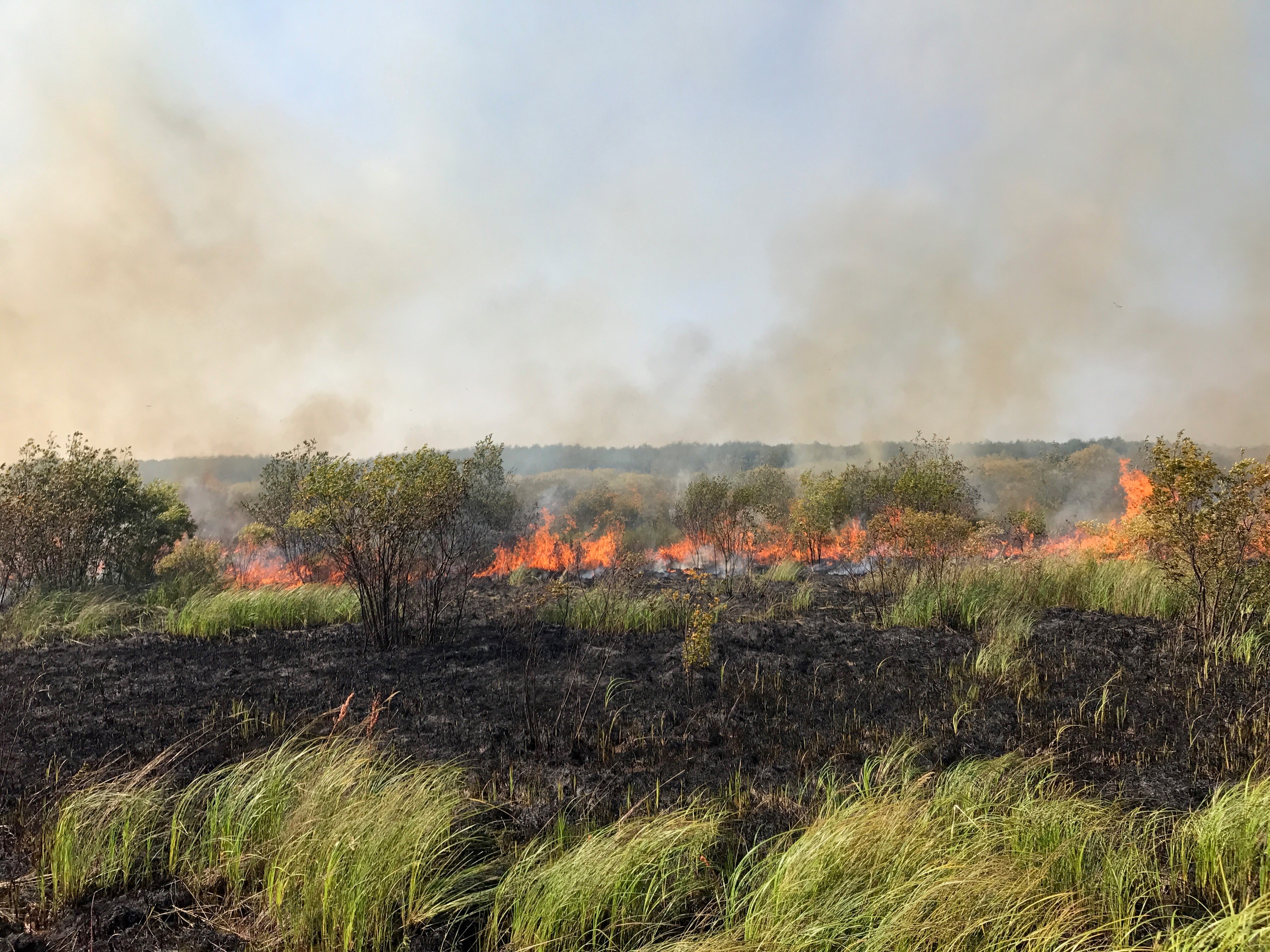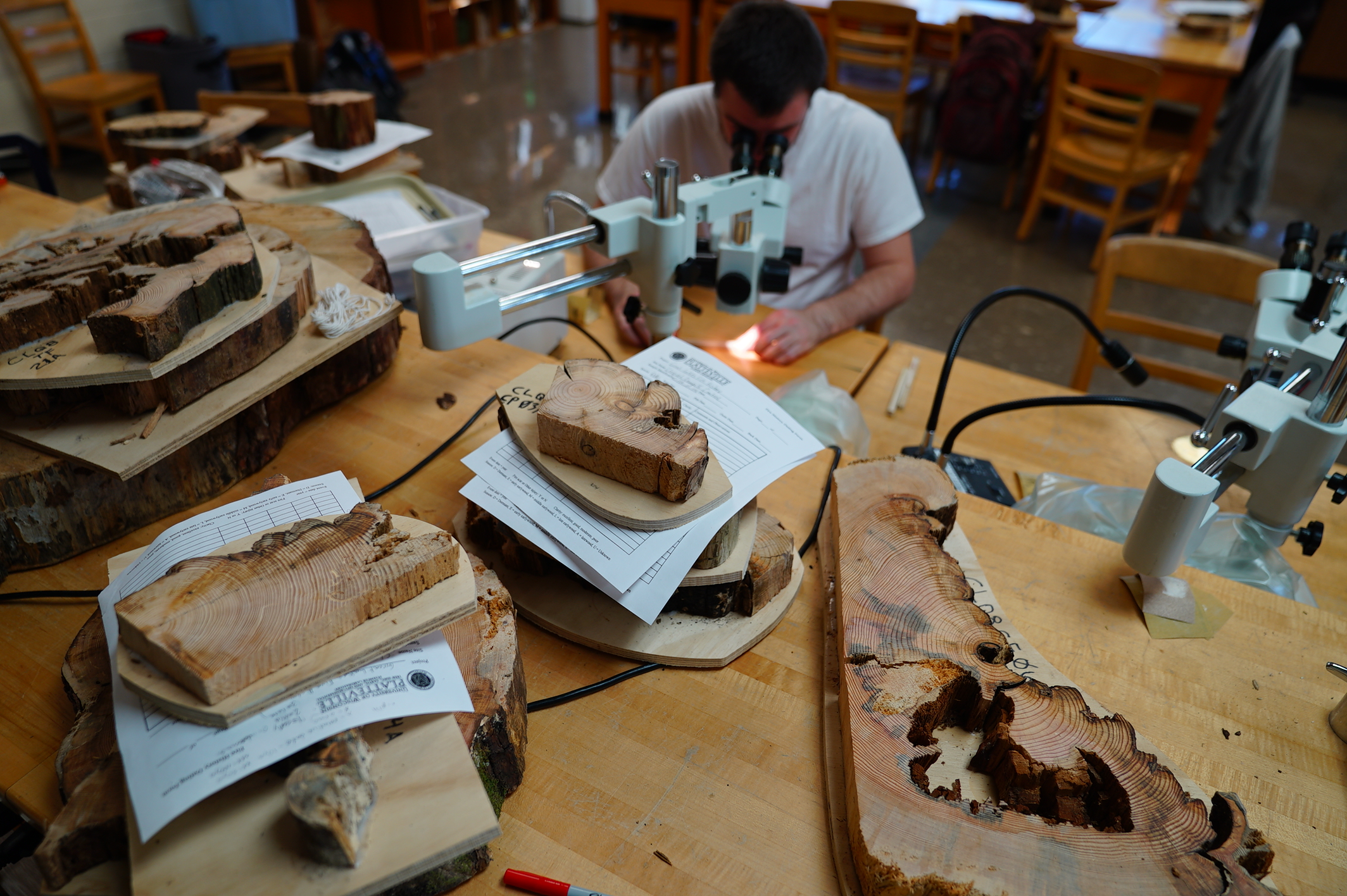Navigation

Upcoming Events
There are no events planned.
2017-2018 Webinar Series
LSFSC Intern Projects
Thursday, January 25, 2018 at 11 AM Eastern/ 10 AM Central
The three funded intern projects 2017:
MP4 Video
YouTube Recording
PDF's:
LSFSC-Jan25-2018-Intern Webinar-Donaldson
LSFSC-Jan25-2018-Intern Webinar-Montgomery
LSFSC-Jan25-2018-Intern Webinar-Raschke
1. Prescribed burning to improve management for brushland-dependent species.

Collaborating Partners:
Dr. Rebecca Montgomery, Associate Professor, Department of Forest Resources, University of Minnesota, 1530 Cleveland Ave North, St. Paul, MN 55108, Rebeccam@umn.edu
Dr. Lee Frelich, Director, The University of Minnesota Center for Forest Ecology
1530 Cleveland Avenue North, St. Paul, MN 55108, Freli001@umn.edu
Dr. Lindsey Shartell, Forest Habitat Research Scientist, Minnesota Department of Natural Resources
1201 East Highway 2, Grand Rapids, MN 55744, lindsey.shartell@state.mn.us
Dr. Charlotte Roy, Grouse Project Leader, Minnesota Department of Natural Resources
1201 East Highway 2, Grand Rapids, MN 55744, charlotte.roy@state.mn.us
Lowland brushlands in Minnesota are disturbance-dependent ecosystems that provide habitat for 80 wildlife species on the MN DNR Species in Greatest Conservation Need (SGCN) list, nearly half of which are birds. Historically, burns occurred during spring, summer, and fall months, resulting in a characteristic patchy landscape. Current management using prescribed burns limits burning to spring. We are exploring whether burning during summer and fall seasons could benefit different species and help managers meet their goals of reducing brush and maintaining open habitat. The summer intern conducted surveys of breeding birds (point counts) and vegetation (fixed radius plots). In this webinar, I present early results on avian community diversity in lowland brush and compare data before and after burns for bird point counts and vegetation.
2. Leveraging research and monitoring networks to inform management of the Chryxus Arctic butterfly in the globally rare Pine Barrens ecosystem.

Intern:
Ryan Raschke, Northland College student
Collaborating Partners:
Dr. Christel Kern, USDA Forest Service, Northern Research Station, christel.kern@gmail.com
Brian Heeringa, USDA Forest Service, Chequamegon-Nicolet National Forest, bheeringa@fs.fed.us
Dr. Sarah Johnson, Northland College, sjohnson@northland.edu
As evidence for the role of Lepidopteran as indicators of ecosystem health has emerged, resource managers have begun to develop strategies to monitor and manage for moths and butterflies. For instance, the Moquah Pine Barrens of Chequamegon Nicolet National Forest (CNNF) in northern Wisconsin is managed for a range of ecosystem values. Chryxus Arctic (Oeneis chryxus strigillosa) is one of the indicators of the Moquah Pine Barrens habitat quality and a Regional Forester’s Sensitive Species (RFSS). Yet, specific management strategies for Chryxus Arctic are not well understood in the region. Thus, we conducted a literature review of O.c. strigulosa in the Great Lakes region and of relevant studies of western subspecies. Our review reveals critical knowledge gaps for the Lake States region, limiting development of appropriate monitoring and conservation strategies. Based on current understanding of food, nectar sources, and habitat requirements, we are developing an index of habitat suitability for O.c. strigulosa, using data from Forest Service research and monitoring databases. By pairing this information with known population occurrences of Chryxus within the Pine Barrens habitat, we aim to provide managers the necessary tools to improve detection, management, and habitat suitability for this rare butterfly.
3. Reading the rings of red pine to investigate mechanisms of the historic fire regime at Cloquet, Minnesota.


Intern:
Adam Donaldson, Geography Major, University of Wisconsin-Platteville
Collaborating Partners:
Kyle Gill, Forest Manager, University of Minnesota Cloquet Forestry Center, gillx096@umn.edu
Dr. Evan Larson, Associate Professor of Geography, University of Wisconsin-Platteville, larsonev@uwplatt.edu
The past dynamics and drivers of fire are critical to the story told by today’s trees and should inform forest management decisions. For this project, we sampled a direct physical record of pre-European settlement forest fire located at the University of Minnesota’s Cloquet Forestry Center (CFC). Our goal was to create a more spatially and temporally comprehensive understanding of the historical role of fire in the forests of CFC. We sampled 80 fire-scarred red pine stumps, snags, and trees that collectively contained 410 individual fire scars. Tree-ring analysis of these samples produced a fire history spanning the years 1689 to 2017. The record includes 54 distinct fire years with a mean fire return interval (MFRI) of 6 years, with preliminary fire-climate analyses indicating widespread fires occurred during years of regional drought. We analyzed locational information of the fire-scarred samples to determine a coarse estimate of area burned and to explore the spatial dynamics of fire across the relatively contiguous landscape of CFC. Modern fire atlas data for CFC included perimeters of 14 fires that burned during nine fire years from 1910–1932, an MFRI of 3 years. Eleven of these fires were anthropogenic in origin, clearly depicting a recent fire regime influenced by people. Periods of similar fire frequency earlier in the record indicate humans have burned for centuries. We explored historical maps and records to determine the past proximity of human settlements to the study area and human influences on the historical fire regime of CFC.
(No registration or passcode needed – please choose “Guest Login” and type in your First and Last name)
Or copy into your browser:
http://carmenconnect.osu.edu/lsfscinternprojects/
- To Test your computer internet connection and compatibility with adobe connect, click here and follow the prompts.
- You will need to use the speaker output from your computer, so make sure you know how to control your speaker volume and attach external speakers for better performance. We will prompt you to type questions in the chat box throughout the session.

.png)